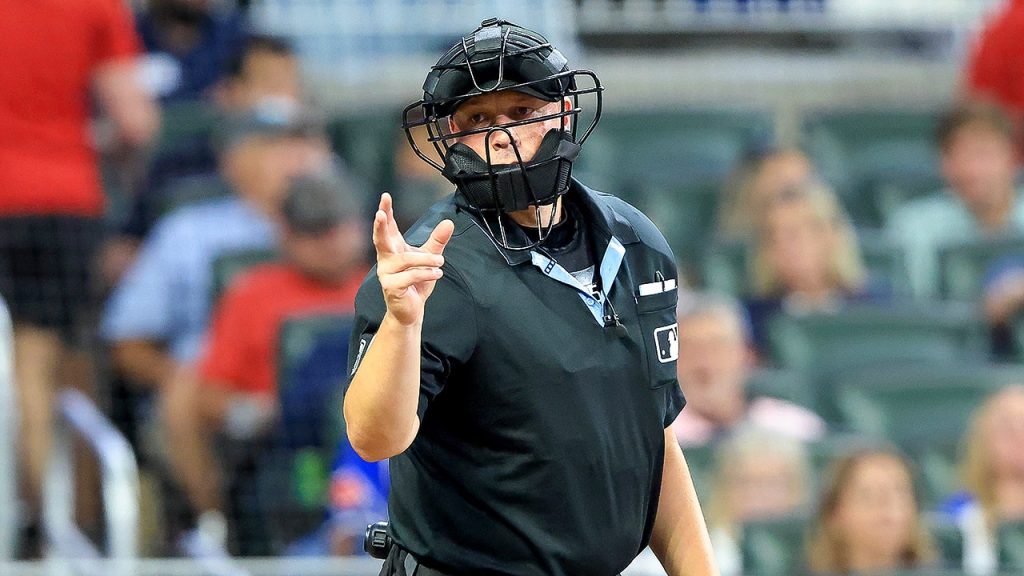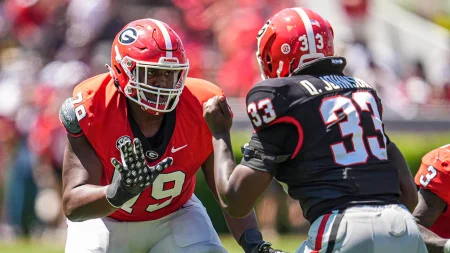MLB Introduces Historic Ball-Strike Challenge System for 2026 Season
In a groundbreaking move for baseball, Major League Baseball has announced the implementation of an Automated Balls/Strikes (ABS) Challenge System beginning in the 2026 regular season. This historic change, approved by the Joint Competition Committee on Tuesday, marks the first time in MLB history that balls and strikes calls can be challenged during games. Commissioner Rob Manfred emphasized that this innovation follows extensive testing at minor league levels and significant input from players, who strongly preferred a challenge format over fully automated calls. “The previous rule changes that have been adopted by the Joint Competition Committee have had staying power and created momentum for the game,” Manfred stated, highlighting the careful process used to develop this system while preserving baseball’s fundamental character.
Rather than implementing full “robot umps,” the new system represents a thoughtful compromise where human umpires will continue their traditional role behind home plate, but with technological backup for contested calls. Each team will begin games with two challenges, which they retain if successful. This structure creates an intriguing strategic element, as teams must carefully choose when to challenge calls. Only players directly involved in the pitch—the batter, pitcher, or catcher—can initiate a challenge by tapping their cap or helmet to signal the umpire. Notably, managers and coaches are prohibited from calling for reviews, placing the responsibility squarely with those most directly affected by the call.
The technology powering this innovation combines T-Mobile’s 5G private network with MLB’s Hawk-Eye tracking system, which continuously monitors pitch locations relative to each batter’s strike zone. When a player challenges a call, the system rapidly processes the data and displays the result on stadium videoboards and television broadcasts, ensuring transparency for fans. “We’ve accomplished a lot through our longstanding partnership with MLB, and the rollout of ABS – powered by T-Mobile 5G – is one of our most exciting milestones yet,” said Mike Katz, president of market, strategy and products at T-Mobile, highlighting how technology is enhancing baseball while maintaining its traditional appeal.
MLB has invested significant effort in refining the system through extensive testing, including 288 spring training games in 2025. During these trial runs, players challenged approximately 2.6% of all called pitches, with an average of 4.1 challenges per game. The system proved remarkably efficient, with reviews taking just 13.8 seconds on average—a critical factor in maintaining baseball’s pace of play. The challenge success rate during spring training was 52.2%, slightly higher than the 50% overturn rate observed at the Triple-A level this year. Interestingly, pitchers and catchers demonstrated more success with their challenges (54.4%) compared to hitters (50%).
The league has also carefully considered how this system will function throughout the season and in high-stakes situations. In extra innings, teams that have exhausted their two challenges will receive an additional challenge in the 10th inning, with further challenges granted for each subsequent extra inning if used. This provision ensures teams aren’t left without recourse during crucial late-game moments. The system will be consistent across both regular season and postseason games, providing continuity throughout the baseball calendar. These thoughtful details reflect MLB’s commitment to implementing technology in a way that enhances fairness without disrupting the flow of the game.
As baseball continues to evolve alongside advancements in technology, this challenge system represents a significant but measured step forward. By preserving the human element of umpiring while providing a technological safety net for disputed calls, MLB has found a middle ground that respects tradition while embracing innovation. The limited number of challenges encourages strategic thinking from players and coaches, adding a new layer of complexity to in-game decision-making. As the 2026 season approaches, fans, players, and analysts will watch with interest to see how this system impacts the game they love, potentially setting a precedent for how traditional sports can thoughtfully integrate new technologies without losing their essential character.















